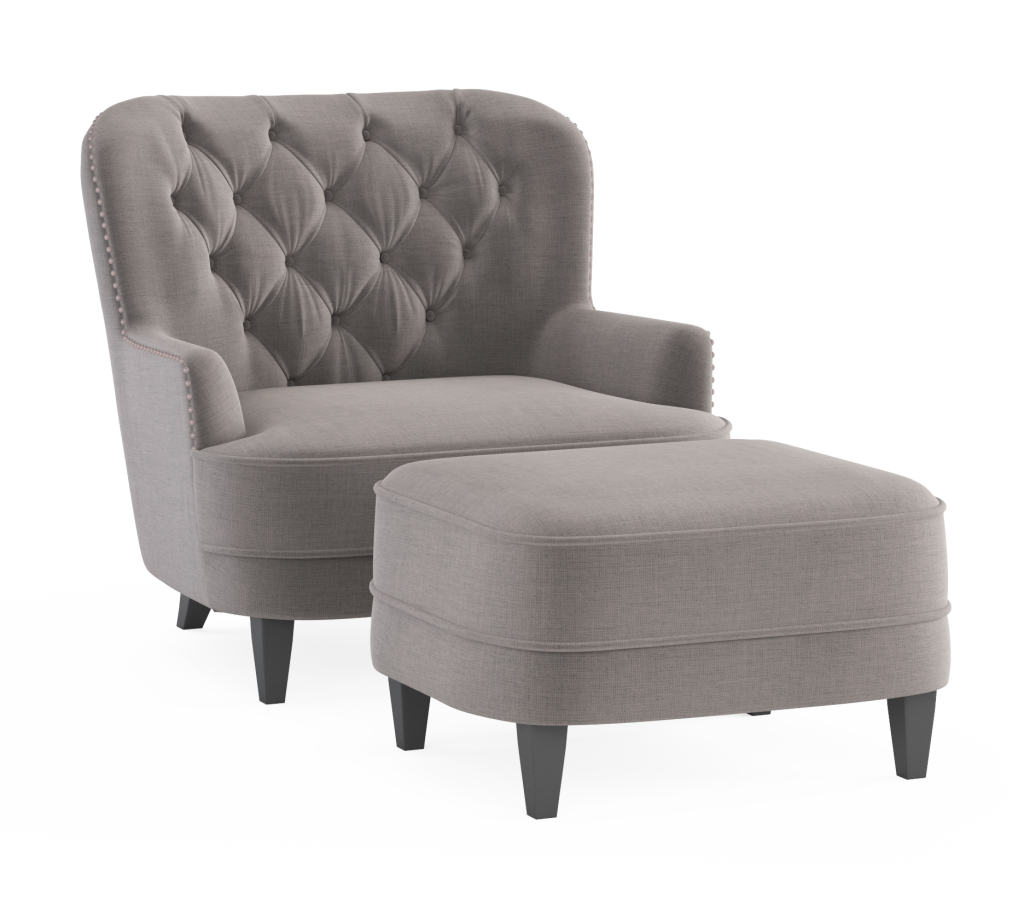Why Furniture Brands Are Turning to 3D Product Rendering
Eliminating Costly Photoshoots
Traditional photoshoots demand physical prototypes, studio setups, and significant investments. 3D Product Rendering offers a cost-efficient alternative where products are designed virtually with photo-realistic quality, slashing both time and costs.
Accelerating Time-to-Market
From seasonal collections to quick product updates, 3D visuals enable brands to launch products faster, skipping delays tied to manufacturing and shipping.
Customization Without the Hassle
Want to show the same chair in 10 colors? 3D rendering makes it possible without producing a single physical prototype.
Key Benefits of 3D Product Rendering in Home Decor
Here are the standout advantages:
- Unlimited Design Variations — Showcase different colors, materials, and configurations effortlessly.
- Enhanced Customer Engagement — Captivating visuals that keep customers on your website longer.
- Seamless E-commerce Integration — Compatible with websites, AR/VR apps, and social media.
- Global Marketing Made Easy — Tailor visuals for different markets without logistical challenges.

Top 3D Product Rendering Trends in 2025
1. Real-Time Rendering Revolution
Real-time rendering allows customers to interact with products live—zoom, rotate, or change colors on your website. This boosts user engagement and keeps potential buyers exploring your product range longer.
2. AR and VR Previews
With Augmented Reality (AR) and Virtual Reality (VR), shoppers can see products in their own spaces, virtually placing furniture in living rooms or offices using smartphones or VR headsets.
3. AI-Driven Rendering Workflows
Artificial Intelligence (AI) is optimizing rendering pipelines, reducing rendering time by up to 50% and improving consistency in lighting and textures.
4. Hyper-Realistic Textures
Advanced material mapping now produces visuals so realistic that customers feel they can touch the grain of wood or feel the softness of a fabric.
5. Sustainable Virtual Prototyping
Cutting down on physical prototypes minimizes waste, supporting a more sustainable and environmentally friendly product development process.
From Static Renders to 360° Interactive Views
360° spins and product configurators are quickly replacing static images. Customers can interact with products from every angle, leading to better engagement and improved conversion rates.
How 3D Product Rendering Drives E-commerce Sales
| Benefit | Impact on Business |
| Photorealistic Quality | Builds trust with buyers instantly |
| Faster Product Rollouts | Quick updates during seasonal changes |
| Customization Options | Reduces customer hesitation, increases sales |
| Interactive 3D Experiences | Higher engagement and reduced cart abandonment |
E-commerce brands report up to 30% increase in sales after switching to 3D visuals.
Popular Tools for 3D Product Rendering in Furniture Industry
- Blender — Free, open-source, powerful.
- Autodesk 3ds Max — Industry standard for high-end visualizations.
- V-Ray — Exceptional photo-realistic rendering quality.
- KeyShot — Easy-to-use for quick, high-quality product renders.
Case Study: A Mid-Sized Brand’s Success Story
A mid-sized European furniture brand shifted to 3D Product Rendering in 2024. Within one year:
- Time-to-market reduced by 40%
- Product returns dropped by 25% due to clearer online previews
- Sales increased by 35%, especially for customizable items
This case showcases the real-world business impact of adopting 3D rendering technology.
Challenges in 3D Product Rendering (And How to Solve Them)
| Challenge | Solution |
| Long Rendering Times | Use cloud-based or AI-accelerated tools |
| Cost vs. Quality Trade-offs | Outsource to specialized agencies |
| Shortage of Skilled Artists | Train in-house or hire freelancers |
With the right approach, even small businesses can overcome these common hurdles.
What’s Next? The Future of 3D Product Rendering
- AI Generative Design — Products designed based on customer preferences.
- Cloud Rendering Farms — Faster rendering through cloud computing.
- Integration with Metaverse Platforms — Virtual showrooms accessible globally.
The next few years promise unprecedented advancements in product visualization.
Conclusion: Gaining a Competitive Edge with 3D Product Rendering
Adopting 3D Product Rendering is no longer optional—it’s a competitive necessity in 2025. By embracing these trends, furniture and home decor brands can stay ahead of the curve, reduce costs, boost engagement, and increase sales in both domestic and international markets.
Final Tip: Start small by rendering your best-selling products, then expand your 3D catalog to fully unlock the benefits of this game-changing technology.
Frequently Asked Questions (FAQs)
What is 3D Product Rendering?
It’s the process of creating photo-realistic product images using computer software without the need for physical products or photography.
Is 3D rendering better than product photography?
Yes, it’s more flexible, cost-effective, and enables faster updates compared to traditional product photography.
How long does it take to render furniture designs?
A high-quality render typically takes a few hours to a day, depending on complexity and resolution.
Which industries benefit most from 3D product rendering?
Furniture, home decor, fashion, automotive, and electronics industries all gain significant benefits from 3D Product Rendering.
Is it expensive to start using 3D product rendering?
While initial costs can vary, it usually saves money in the long run by reducing prototyping, photography, and logistics costs.
How does AR/VR impact 3D product rendering?
AR and VR amplify the effectiveness of 3D rendering by allowing customers to interact with and visualize products in real environments.


